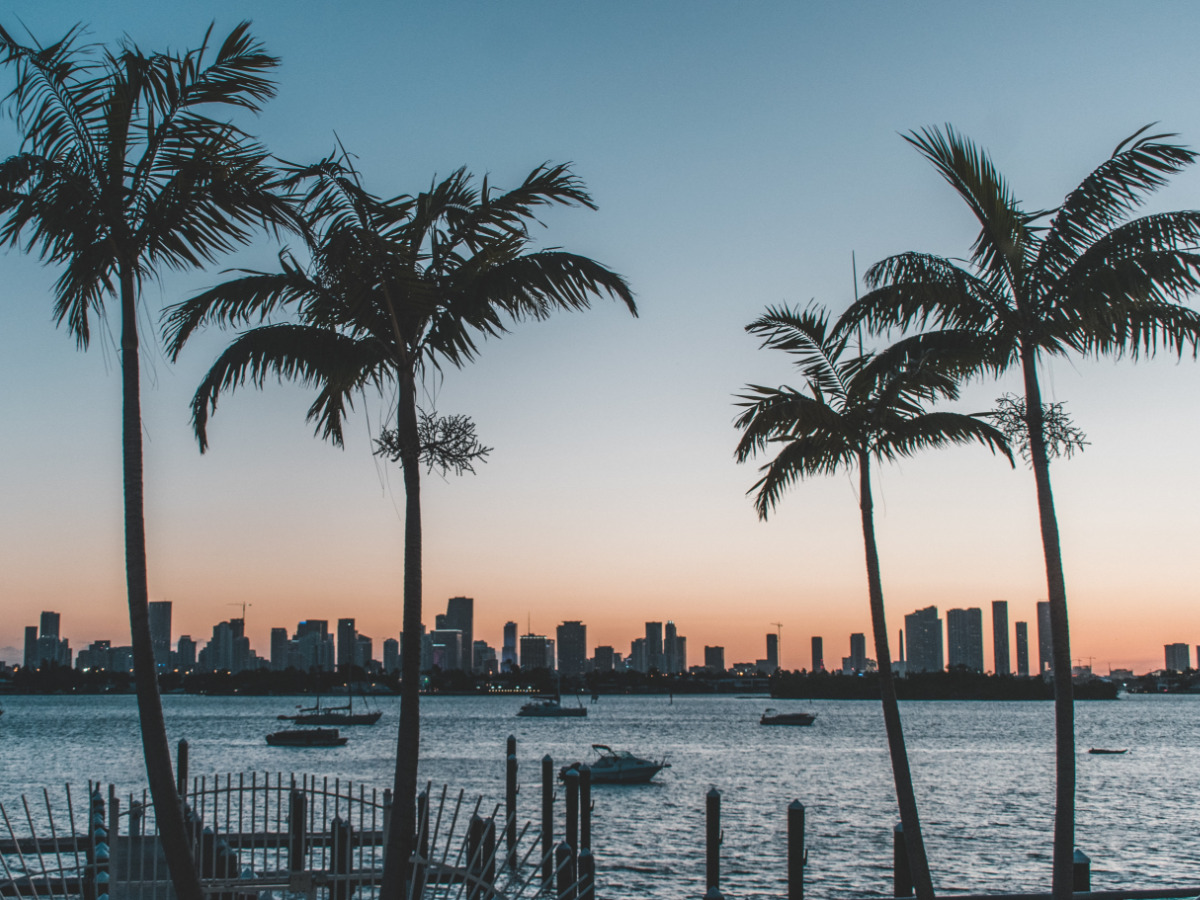The post-Native American history of Florida is far more recent than that of most eastern and southern states. St. Augustine may be the oldest continuously occupied city in the United States but following the historic creation by the first Europeans in 1565, progress was extraordinarily slow. Despite its size, with a land area of about 66,000 square miles, the state had very few inhabitants.
In reality, it wasn’t until after the United States Civil War ended in 1865 that events in the history of Florida began to unfold, and early residents began to come. Many of them came from states just north of Florida, such as Georgia, Alabama and South Carolina.
Despite the fact that Florida is a young state, there is a lot of intriguing history to learn and heritage sites to see.
One of the first things that may strike you is how young the state was in comparison to the rest of the country. Except for Pensacola and St. Augustine, most cities and settlements in Florida became established in the years leading up to and following the Civil War. Before that, it was a desolate wasteland that many people considered uninhabitable. The Old South is responsible for much of Florida’s heritage, particularly in north Florida.
The first known human occupants of Florida date back to around 12,000 years ago. Thousands of years before the Seminoles arrived, various ancient Native American cultures thrived in Florida. These tribes are no longer present, but remembered in Florida’s history. Before the Seminoles arrived in the early 1800s, there were at least 15 of these tribes in Florida.
Most historians divide Florida’s history into at least 11 periods:
- Earlier human settlers, such as ancient Native American tribes who lived here long before the Seminoles. The Ais, Calusa, Tequesta, and Timicua are only a few of them. Only the Seminoles remain in Florida today.
- Exploration and colonisation by Europeans (1513-1565).
In 1513, Spanish adventurer Juan Ponce de Leon arrived in Florida, followed 25 years later by Hernando de Soto. During this time, Pensacola and St. Augustine were founded. Fort Caroline was built near the mouth of the St. Johns River near Jacksonville in 1565 by the French explorer Jean Ribault, but it was destroyed by the Timicua and Spanish explorers. - The First Period of Spanish (1565-1763).
For nearly 200 years, Spain enjoyed complete control of the Florida peninsula. During this time, the Spanish built a road connecting St. Augustine and Pensacola, as well as extending their route westward to California. In 1695, the Castillo of San Marcos in St. Augustine completed construction. - The British territory of Florida (1763-1784). After the Seven Years War (1756–63), also known as the French and Indian War in American history, the British acquired Florida in a land trade for Havana, Cuba in 1763.
- The Second Spanish Empire (1784-1821). After losing the Revolutionary War, the British had to leave Florida. The Spaniards returned for a second attempt.
- Territorial period (1821-1845). Spain returned Florida to the US. Florida became an American territory after Andrew Jackson became governor. Because it was halfway between Pensacola and St. Augustine, Tallahassee became the capital. During this time, two of the three Seminole Wars took place. Because of the forts built during these conflicts, many Florida cities have “Fort” as their initial name.
- Independence from the United States (1845-1861). Although the Seminoles never surrendered, most of them eventually transferred to the west. No Floridian voted for Abe Lincoln in the 1860 presidential election. Florida’s culture and sentiments stayed firmly rooted in the South. Few people backed the Union.
- Reconstruction and the Civil War (1861-1877). Florida was a member of the Confederate States of America and was penalised for it during Reconstruction from 1865 to 1877. Physically and fiscally, the state was destroyed. During this time, a large number of families from war-torn Georgia, Alabama, South Carolina, and other states moved to north Florida.
- Development in Florida (1878-1926). Steamers, railroads, dredges, swamp drainage, new towns, cities, developments, and freeways were all part of this era. In 1912, Henry Flagler completed his Florida East Coast Railway, which ran down the Atlantic coast to Key West in the Florida Keys. Henry Plant’s railroads extended from Central Florida to West Florida and Tampa Bay. Until the Great Freezes of 1894 and 1895, the citrus fruit business thrived. Florida had developed into a prominent cattle-raising state. In the early 1900s, Florida was doing well, and the 1920s saw a significant land boom in the state, with numerous new cities springing up.
- Florida’s Great Depression (1926-1940). The hurricane of 1926 in Miami obliterated what the poor economy had failed to do. The Roaring Twenties saw a massive land boom which ultimately ended with a crash.
- The Second World War and the Postwar Boom (1940-2009). Following the war, army bases passed over to Florida cities and counties. The space programme began in the late 1940s at Cape Canaveral. Walt Disney World first opened its doors in 1971. During Castro’s communist conquest of Cuba in the early 1960s, many Cubans fled to Miami. Following it, in 1980, came the infamous Marial Boatlift. Until around 2008, the economy grew at a steady pace. 2009 was the first year in which the population did not grow. The surge is still going on, with about 1,000 individuals flocking to the state every day.

